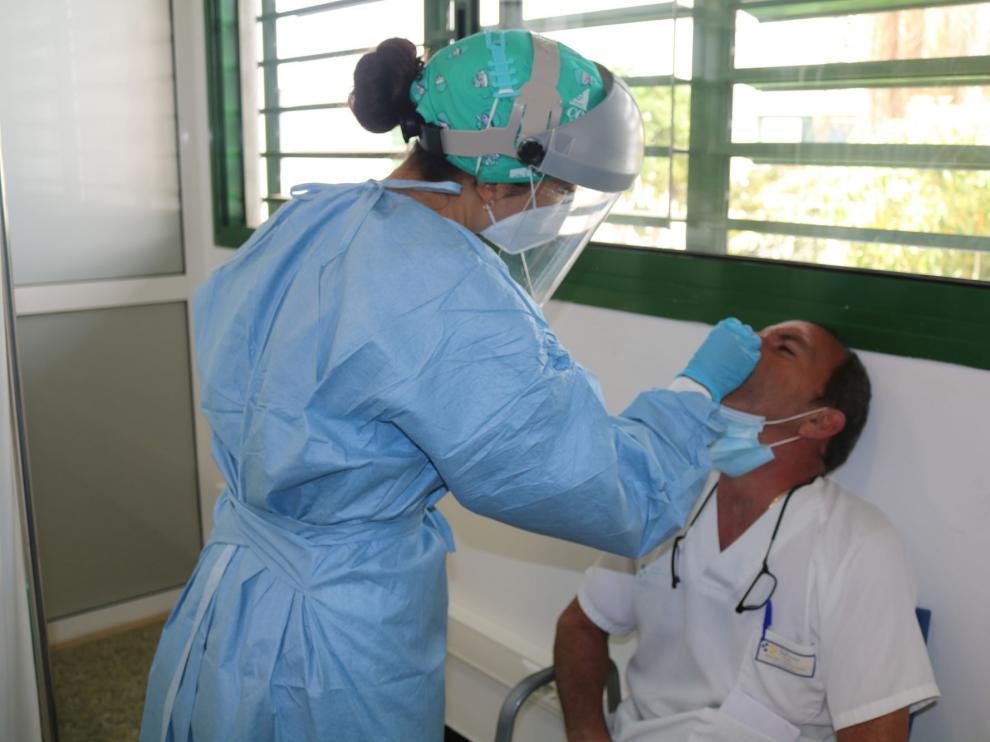Viewpoint: Extreme data
Time was in Mallorca that extreme would require mass testing
They’re not happy in the Seychelles. The archipelago of 115 islands is on the UK’s red list. This is despite some 90% of the target population having been vaccinated. Nevertheless, the cumulative incidence has topped 1,000. The Seychelles, like Chile, offer a warning. Very high vaccination rates and yet things can seemingly go wrong.
Also in News
- As Spain says adios to Golden Visa, Portugal says come on down!
- Here comes the sun - Mallorca weather forecast for Easter
- Mallorca holiday paradise vanishing for some German tourists
- Truck gets stuck in Mallorca village
- Tens of thousands of Mallorca-bound British tourists facing long air delays this summer, airline boss warns


2 comments
To be able to write a comment, you have to be registered and logged in
In short, all data on Covid numbers, is fully manipulated and interpreted to suit governments and their decisions as they please. Even Sanchez who stated only 6 months ago that 70 percent of the Spanish population is to be vaccinated before a tourism restart. has done a u turn and simply decided to let everyone with no checks or PCR , while the Spanish population is at best around 20 percent vaccinated with two shots. I guess he can live with the collateral damage that will inevitably be the outcome after end Aug when Spains Covid numbers will be way back up there.
I think you will find the vaccine used in the Seychelles was the Chinese vaccine, not the AZ or Phizer.